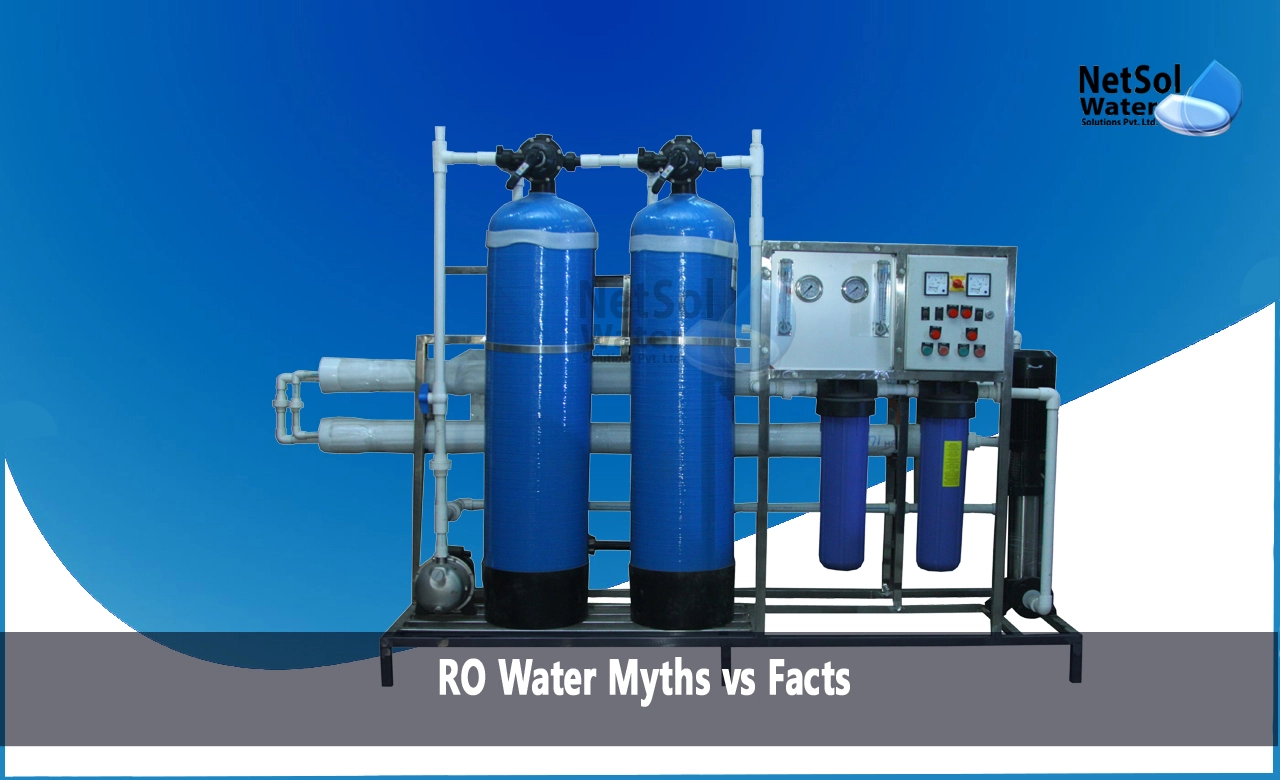What are the RO Water Myths and Facts?
Reverse osmosis (RO) water filtration is one of the most effective and thorough methods for removing contaminants from water. However, there are many myths and misconceptions about RO water. In this blog post, we will separate RO water fact from fiction and provide you with the truth about this innovative filtration system.
Myth #1: RO Water is Devoid of Minerals
Fact: It is true that the RO process removes dissolved minerals from water along with harmful contaminants. However, minerals are not completely absent in RO water. The mineral content is reduced to about 10-15% of the original mineral concentration. While RO removes calcium, magnesium and other healthy minerals, it is not completely devoid of them.
Myth #2: RO Water Has No Taste
Fact: Detractors of RO systems claim that the water tastes flat and dull after going through the RO filtration process. However, the tasteless effect is usually temporary. Allowing the water to sit in an open container or shaking it allows oxygen to be absorbed and restores taste. The pure H2O taste you may experience at first quickly disappears.
Myth #3: RO Wastes a Lot of Water
Fact: It's true that RO systems waste water through a reject stream that carries away the impurities. However, technology advancements allow modern RO systems to recover 50-85% of the water. The waste water amount has gone down significantly. With efficient systems, nearly 85% of water processed can be recovered for use.
Myth #4: RO Removes All Impurities and Chemicals
Fact: RO is extremely effective at removing up to 99% of contaminants and chemicals. However, it cannot remove 100% of all dissolved substances. For example, RO cannot remove volatile organic compounds (VOCs), pesticides and chlorine-resistant cysts. RO should be paired with other filters like carbon blocks to remove these impurities. No single system removes everything.
Myth #5: RO Water is Acidic
Fact: Some claim that RO water is acidic after going through the system. This is false. Properly produced RO water should have a neutral pH of 7. The mineral content has no bearing on pH. However, RO storage tanks can breed bacteria that lower pH over time if not properly maintained. Proper tank sanitization prevents any acidity.
Myth #6: RO is a Waste of Money
Fact: It's true that RO systems require a higher initial investment than other filtration methods. However, they can greatly improve water quality and purity. For anyone concerned about water contaminants, RO provides great peace of mind. Considering the cost of bottled water or medical bills from illness, RO is a smart investment for clean, safe water.
Myth #7: RO Removes Healthy Minerals
Fact: As mentioned before, RO reduces but does not completely remove all healthy minerals. Magnesium, calcium, sodium and potassium are still present after RO filtration. However, their concentrations are lower. People on mineral-restricted diets may need supplementation. For most people, the remaining minerals after RO are sufficient.
Myth #8: RO Water Hydrates Poorly
Fact: Dehydration depends on many factors beyond mineral content. Water sources, body chemistry, medications and health conditions all play a role. Drinking adequate volumes is key. RO water with moderate mineral levels still effectively hydrates the body like any water source.
Conclusion
RO water has many health and purity benefits that make it a smart choice for many homes. It effectively reduces harmful contaminants and improves water taste in most cases. While no filtration system is perfect, modern RO technology dispels many of the common myths about this innovative method. With the right system and maintenance, you can enjoy refreshing RO water knowing the facts.




